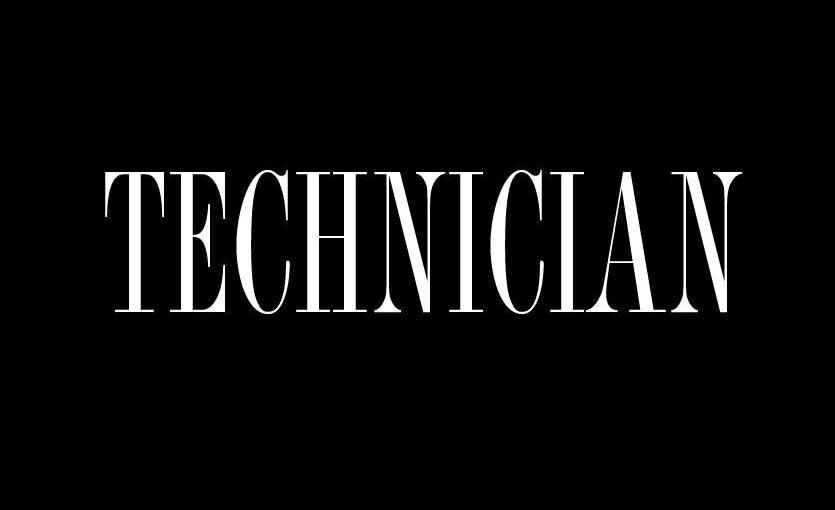I will always remember the sound that awoke me on the fourth night of my stay in the Everglades. I like to describe it as a series of “kerplunks,” moving through shallow water at the pace of a horse trot. I had been canoeing all week with N.C. State’s Outdoor Adventures in the region of the Gulf that is appropriately known as the Ten Thousand Islands. The modest landmass that we settled on for the night was pencil thin, with only 50 feet separating us from the Atlantic Ocean on either side.
I sat up, my achy muscles protesting the previous ten hours of paddling. The commotion was growing in volume, coming closer to our tent. It was the sound of something big moving through the water, and its size was confirmed when I heard a deep, snorting breath no more than 20 yards from us. As a touch-screen tapping city boy, the kinds of skills that would have allowed me to identify this creature were largely left out of my education — fear filled in the blanks for me as I whispered to my two tent-mates:
“Could be a bear, didn’t they say there were some bears out here? Or it might even be a gator, just because we haven’t seen one yet doesn’t mean anything, in fact that even makes it more likely! It’s definitely a gator!”
My tent-mates were seasoned veterans of the wild, and they didn’t share my feelings. They quickly convinced me that it was most likely a dolphin stuck in shallow water. This made me feel much better; my screen saver was a Dolphin at one point. I felt calm and a little dumb for worrying so much. Whatever it was though, it held its silence for the remainder of the night.
We never did find out exactly what that creature was, but I’ve missed the way I felt that night ever since. We Humans have made a habit of compartmentalizing the natural world, and I know I’m guilty of this. Ask me where the nearest example of nature is and I’ll point you in the general direction of Umstead Park, but up until that moment I never fully realized how blurry the line between myself and the environment actually is — perhaps my formal education has lined too much of my thinking with sidewalks.
But I’m not writing to you today to make corny, extended metaphors about the natural world. Instead I’d rather kick off a North Carolina State University environmental column the right way: by admitting to you that I’m a gas-guzzling, product-consuming American who can’t tell the difference between a dolphin and a bear. Even among the environmental advocacy crowd, I’m not alone in this. If you look past the hemp laptop case, many environmental critics have done their share of ranting on mass-market computers that have been shipped from China (my MacBook will vouch for me on this one). Contradictions aside though, there is a point to environmentalism other than the kind you do with your fingers.
Too often, the planet is modeled as a collection of economies, governments and ecosystems that have limited capacities to influence one another. This disjointed perspective has resulted in our current paradigm; the most heavily consumed energy sources have high environmental costs that are not reflected in their market prices. In addition, these distortions make it inexpensive for individuals to consume disproportionate amounts of resources, and as a result we are creating a deficit of another kind. While a course-correction is no simple task, the most important decisions can be made every day by individuals, rather than in a boardroom. There is something empowering about that.

